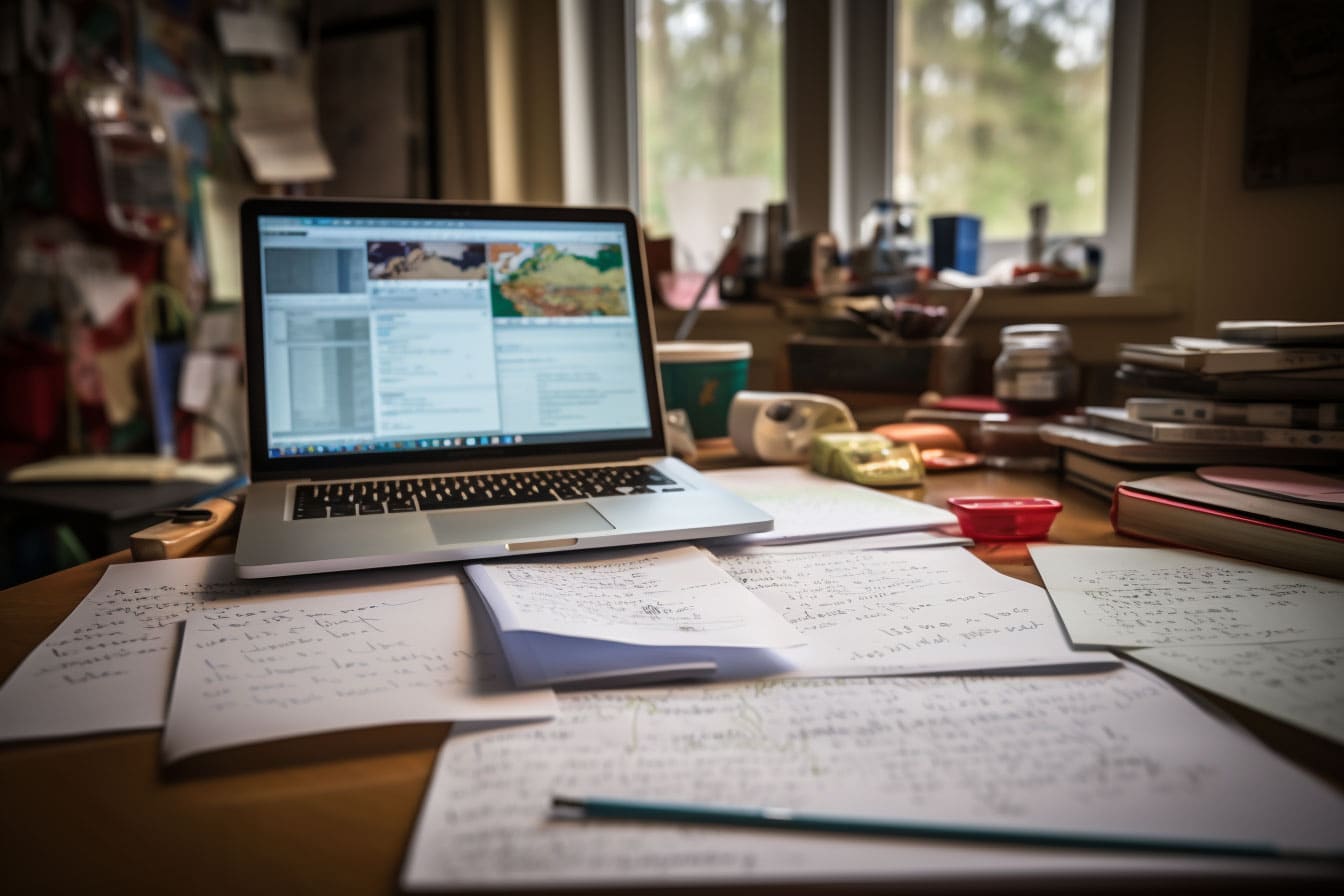Writing the first draft is like throwing clay on a potter’s wheel—messy, unshaped, and gloriously raw. But it’s in the editing process where the true artistry emerges, like a sculptor chiseling away to reveal the masterpiece hidden within. Self-editing is where a writer dons the hat of an artisan, honing, refining, and polishing their work until it shines.
For many of us, self-editing can feel like a daunting task. After all, it’s hard to view your own work with the detachment of a professional editor. But with the right mindset and a few proven strategies, you can develop the sculptor’s eye for detail and transform your rough drafts into something extraordinary.
1. Take a Step Back
The first rule of self-editing is deceptively simple: put some distance between yourself and your work. After finishing a draft, take a break for a few days (or longer, if possible). This pause allows your brain to reset, giving you a fresh perspective when you return.
You’ll be amazed at how much clearer you can see your own writing after stepping away. Those brilliant sentences you once adored might suddenly feel clunky, while overlooked sections may reveal hidden potential.
2. Read It Aloud
There’s something almost magical about hearing your words spoken out loud. When you read your work aloud, awkward phrasing, repetitive structures, and unnatural dialogue become glaringly obvious.
Try reading it to yourself in a quiet room, or use text-to-speech tools to listen to your work. Hearing your words in a new format allows you to approach them from a reader’s perspective, uncovering issues you might otherwise miss.
3. Start Big, Then Zoom In
Editing can feel overwhelming if you tackle every detail at once. Instead, think of it like sculpting: start with the big chunks before fine-tuning the details.
Begin by evaluating the structure of your piece. Does the story flow logically? Are there scenes or paragraphs that feel redundant? Once the larger framework feels solid, move on to smaller elements like word choice, sentence flow, and grammar.
Breaking the process into manageable stages ensures you don’t get bogged down in minutiae too early.
4. Cut Ruthlessly
As the saying goes, “Kill your darlings.” It’s painful, but trimming excess words, repetitive ideas, and meandering tangents is essential to creating a tight, engaging piece.
Be honest with yourself: does every scene, paragraph, or sentence serve the story? If it doesn’t add value—whether by advancing the plot, developing a character, or reinforcing a theme—it’s time to let it go.
Remember, what you remove is just as important as what you keep.
5. Focus on Clarity
Readers shouldn’t have to work hard to understand your writing. Clarity is key, whether you’re crafting a blog post, a novel, or a short story.
Ask yourself:
- Is each sentence clear and concise?
- Are transitions smooth and logical?
- Have I eliminated jargon or overly complex phrases that might confuse readers?
If in doubt, err on the side of simplicity. Elegant, straightforward writing is far more powerful than flowery prose that obscures your message.
6. Use Editing Tools Wisely
In the digital age, you have access to an arsenal of self-editing tools. Grammarly, ProWritingAid, and Hemingway Editor can catch grammar mistakes, flag wordy sentences, and provide readability insights.
That said, these tools should complement your editing process, not replace it. Machines can’t grasp nuance or tone the way you can. Use them as helpful assistants, but trust your instincts when it comes to the art of writing.
7. Change Your Format
One of my favorite tricks is to change the format of my work. Print it out, read it on a tablet, or convert it into a PDF. Seeing your writing in a different medium can make errors and awkward sections stand out.
This trick works because it forces your brain to reprocess the text. What felt invisible on a computer screen might suddenly leap out at you on paper.
8. Focus on One Pass at a Time
Trying to fix everything at once—plot holes, grammar, pacing—can be overwhelming. Instead, tackle one issue per editing pass.
For example:
- Pass 1: Structure and flow
- Pass 2: Character consistency
- Pass 3: Dialogue and voice
- Pass 4: Grammar and punctuation
This approach keeps you focused and ensures that no element is overlooked.
9. Get a Second Opinion
Even the best self-editors benefit from an outside perspective. After you’ve polished your work to the best of your ability, share it with a trusted friend, fellow writer, or beta reader.
Fresh eyes can catch inconsistencies, offer new insights, and provide valuable feedback. Be open to constructive criticism—it’s a vital part of growth.
10. Know When to Stop
Here’s the hardest part: knowing when to stop editing. Perfection is a moving target, and no piece of writing is ever truly “done.” At some point, you have to let go and release your work into the world.
Set a deadline, trust in your efforts, and move on to the next project. Remember, every piece you write—and edit—helps you grow as a writer.
Final Thoughts: Sculpting Your Masterpiece
Self-editing is where the magic happens, where raw creativity meets the precision of craftsmanship. It’s a skill that takes time to develop, but with practice, you’ll find your rhythm.
Approach the process with patience, curiosity, and a willingness to chisel away at the excess. In the end, you’ll uncover the masterpiece hidden within your draft—proof that every writer has the potential to edit like a pro.
Happy sculpting!
